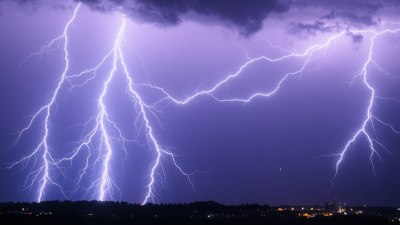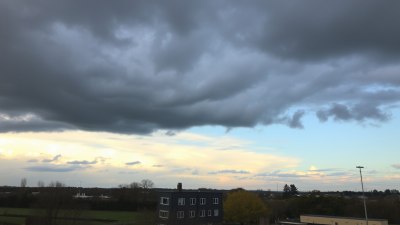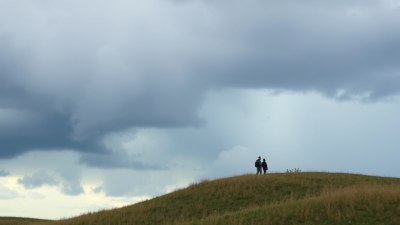How to Predict the Weather Using Only Your Grandma’s Wisdom
Before weather apps and meteorologists, people relied on nature and old wisdom to forecast the weather. Discover how traditional signs can help you predict what's coming.

This image was created with the assistance of DALL·E
Long before satellites and weather radars, people depended on nature’s signals to forecast the weather. Many of these old-school methods, passed down through generations, actually have scientific backing. Your grandma’s wisdom about the sky, animals, and even your own body might help you predict what’s coming. Let’s explore these time-tested techniques.
Red Sky at Night, Sailor’s Delight
One of the most famous weather sayings is:
"Red sky at night, sailor’s delight. Red sky in the morning, sailor’s warning."
It turns out this is based on real atmospheric science. A red sky in the evening means high pressure is moving in, bringing calm, clear weather. A red sky in the morning suggests moisture and storms are on their way.
Clouds Tell the Future
Watching the sky can give clues about upcoming weather:
- High, wispy clouds (cirrus): A storm may arrive in a day or two.
- Thick, puffy clouds (cumulus): Fair weather for now, but if they grow taller, rain might come.
- Dark, heavy clouds (nimbostratus): Rain or snow is very likely soon.
Your grandma may have looked at the clouds every morning to decide whether to bring an umbrella!
Animals as Weather Forecasters
Nature gives plenty of clues about changing weather, especially through animal behavior:
- Birds flying low: When birds stay close to the ground, bad weather is coming. Low pressure makes flying harder.
- Cows lying down: Some believe cows lie down before rain to keep a dry spot in the grass.
- Insects swarming: If you see lots of flies or mosquitoes, warm and humid weather is likely.
- Crickets as thermometers: Count the number of chirps in 15 seconds, then add 40—that’s the approximate temperature in Fahrenheit.
Painful Joints? A Storm Might Be Coming
Ever heard an elder say, “My knee hurts, so it’s going to rain”? There’s a reason for this! Changes in atmospheric pressure before a storm can cause joints to expand slightly, triggering pain in those with arthritis or injuries.
If you or someone you know experiences aches before bad weather, they might be more accurate than your phone’s forecast!
Wind Direction and Weather Changes
Paying attention to the wind can also help predict the weather:
- West wind: Usually brings fair weather.
- East wind: Signals an approaching storm.
- Sudden gusts: Rapidly increasing winds may mean a storm is coming soon.
Morning Dew and Rain Chances
If you wake up to heavy dew on the grass, chances are the day will be dry. But if there’s no dew, rain might be on its way because of increased cloud cover and humidity.
Frogs and Rain: Myth or Truth?
There’s an old belief that frogs croak louder before rain. This is actually true—frogs are more active in humid, rainy conditions, making them a surprisingly reliable weather predictor.
Moon Rings and Weather Warnings
Have you ever seen a ring around the moon at night? This is called a "halo" and happens when ice crystals in high clouds reflect light. In folklore, a ring around the moon means rain or snow within the next 24-48 hours.
How Grandparents Predicted Winter Weather
Before winter arrived, farmers used nature to predict how harsh it would be:
- Thick corn husks or onion skins: A tough winter is ahead.
- Heavy squirrel activity: If squirrels gather more food than usual, expect a cold, snowy season.
- Woolly bear caterpillars: A wider brown stripe on their body means a milder winter, while a narrow one signals harsh conditions.
While technology has made weather forecasting more precise, many traditional methods still hold true. Your grandma’s wisdom, based on generations of observation, can help you predict the weather just by watching the sky, animals, and even how your own body feels. So next time you're without a forecast, just look around—you might be able to predict the weather yourself!











